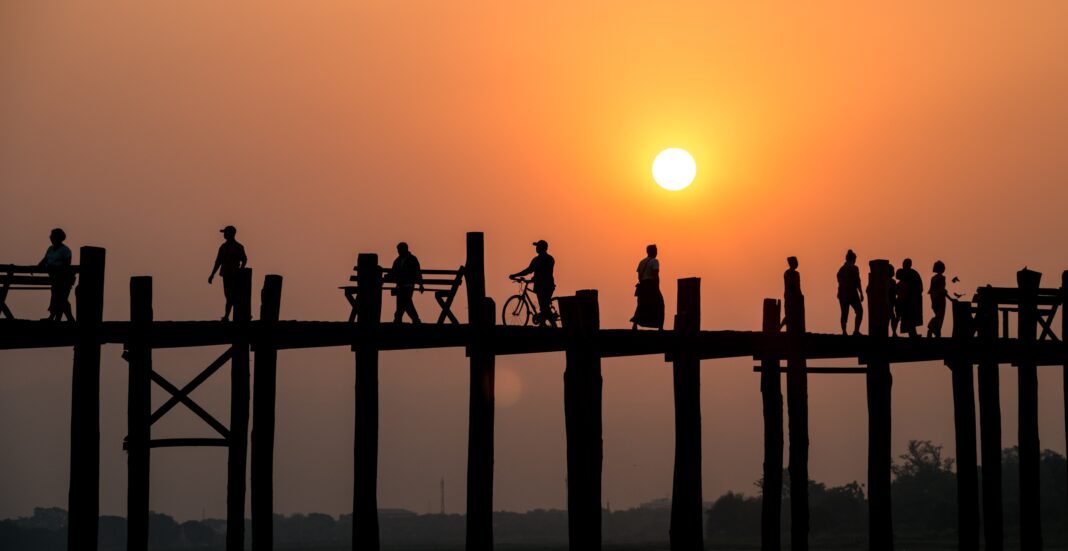“Within an hour of the bombing, when we arrived we saw a gruesome scene: men, women, children torn apart by the bombs”. Ko Andrew is one of the doctors who went with a rescue team on 11 April to the village of Pazigyi, Kanbalu township in Sagaing, one of the areas of central Myanmar where war is daily. In the early hours of the day, a group of people had gathered to open an administrative office in the township under the control of the junta opposition forces. But the Burmese military arrived with planes and helicopters firing into the crowd: almost all civilians, reports Andrew. Initially, reports claimed that the dead numbered about fifty, maybe a hundred.
‘It’s not as they said,’ says the Burmese doctor, ‘the dead alone amount to 168: 118 males and 46 females. Of four we could not even identify the gender. They were all civilians, including 18 people from the administration. There were only nine security guards. Among the wounded,’ the Burmese doctor concludes, ‘we counted 35 children, including minors under the age of 13, many in critical condition’. In total, says the doctor, there were about a hundred injured: ’16 with very serious injuries, another 83 with minor injuries’. It is one of the major massacres perpetrated by the Burmese army against the resistance to the military junta that took power in February two years ago.
While we were talking to the medical team, the Burmese clandestine government held an online press conference to take stock: according to the Ministry of Defence of the National Unity Government, the raid involved Chinese and Russian aircraft, and it was a Russian-made YAK-110 jet that dropped two 500-pound bombs (about 227 kilos): ‘bombs that,’ explained an Italian military source, ‘can explode even in mid-air with a devastating impact’. Then an MI-35 helicopter was used, which repeatedly fired rockets and 30mm-calibre bullets. Finally, a Chinese-made fighter jet intervened and fired more 23mm-calibre bullets. The latter reportedly fired at least six times. The attacks were also repeated during the rescue operations.
Analysing the photos we had access to, the Italian military source explains that: ‘From what little we can see it is open, dry and hard ground with shrubs and low vegetation. The craters appear shallow and thinned with and without casualties and are consistent with unguided drop bombs and/or helicopter rockets. The disposition and density of casualties on the ground show scattered individuals and small groups and the target area is very large and compatible with successive attacks from above with bombs, rockets and machine gun fire’. As for the wounds on the bodies, they can be associated with ‘high explosions, fragmentation bullets and incendiary/tracer agents compatible with the pre-packaged mixes of helicopter machine gun belts’. As a type of action, the source concludes, it is ‘an air raid on a large area and on people thinning out from previous assemblage or flowing in from different directions’. It would therefore be an ‘area not controlled or manned by the attackers’ troops’.
Cover image: Ban Yido, Unsplash
























